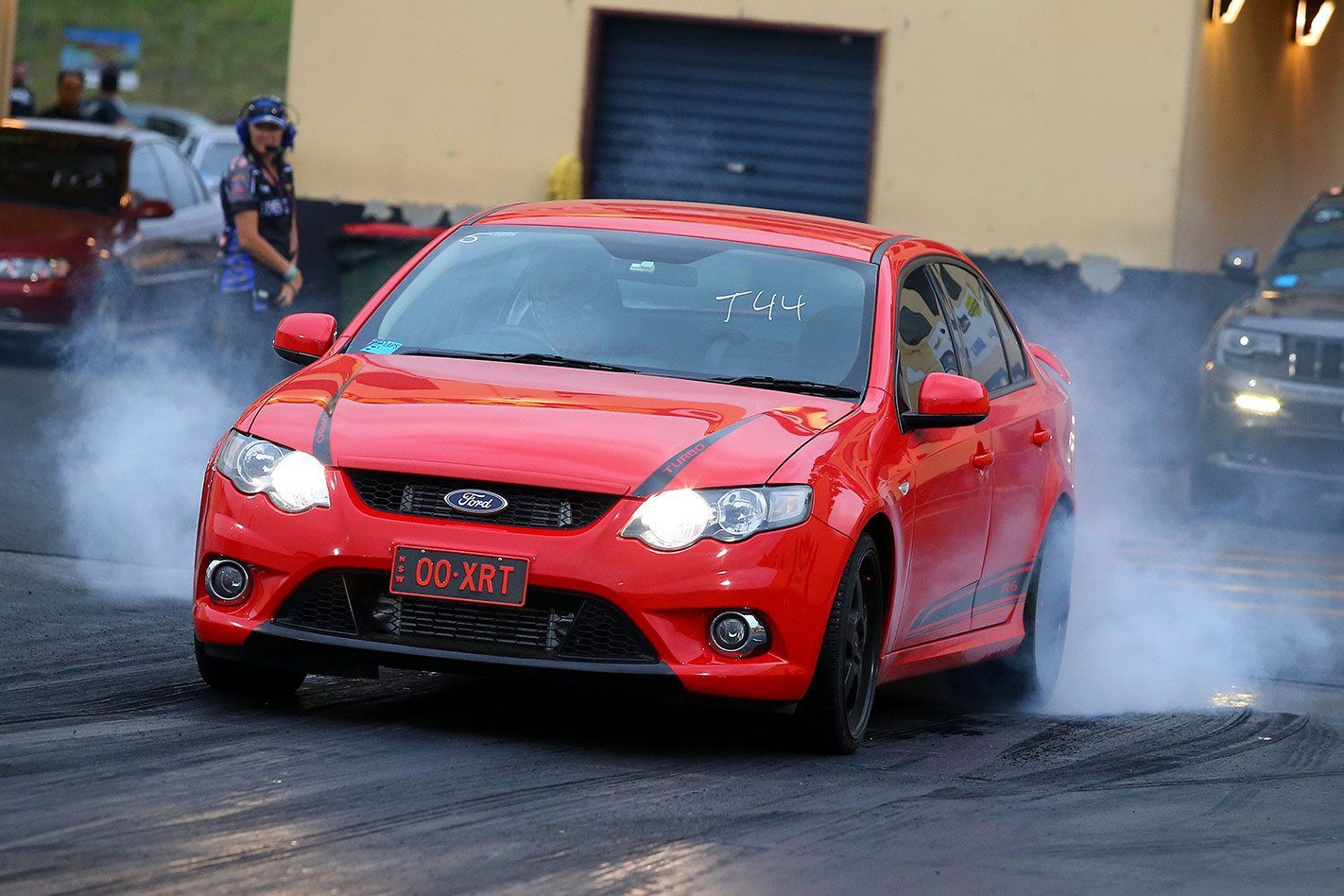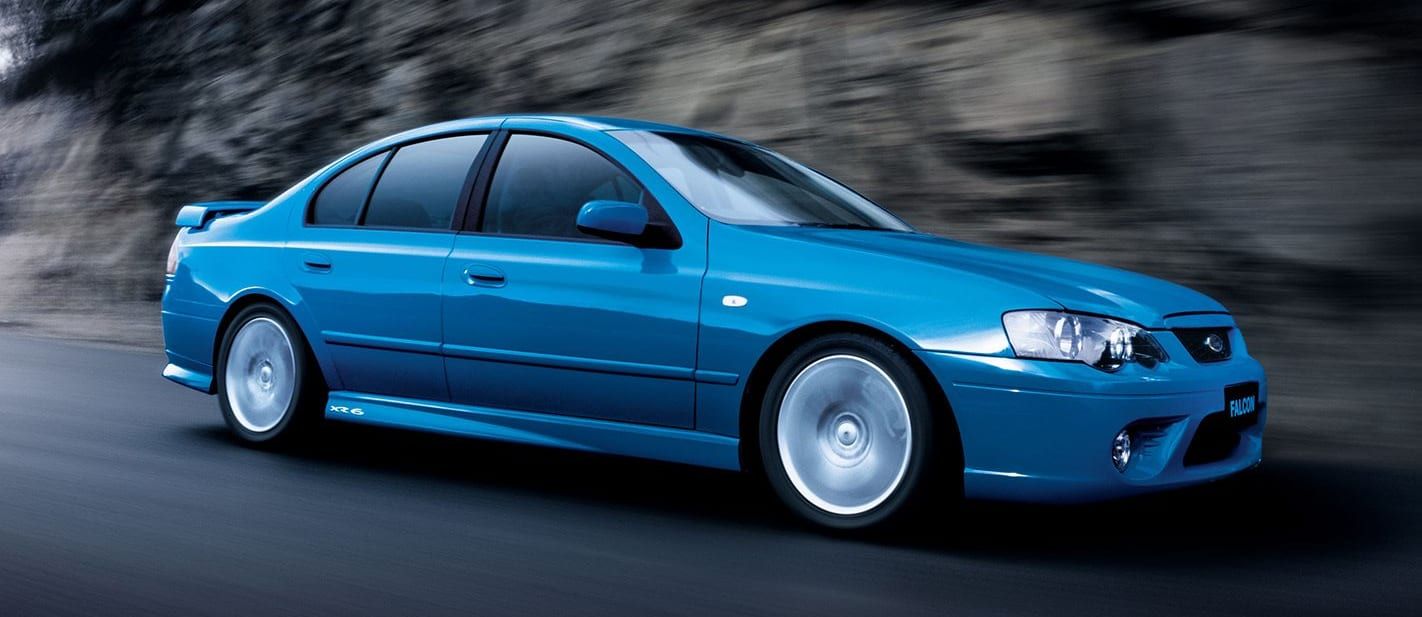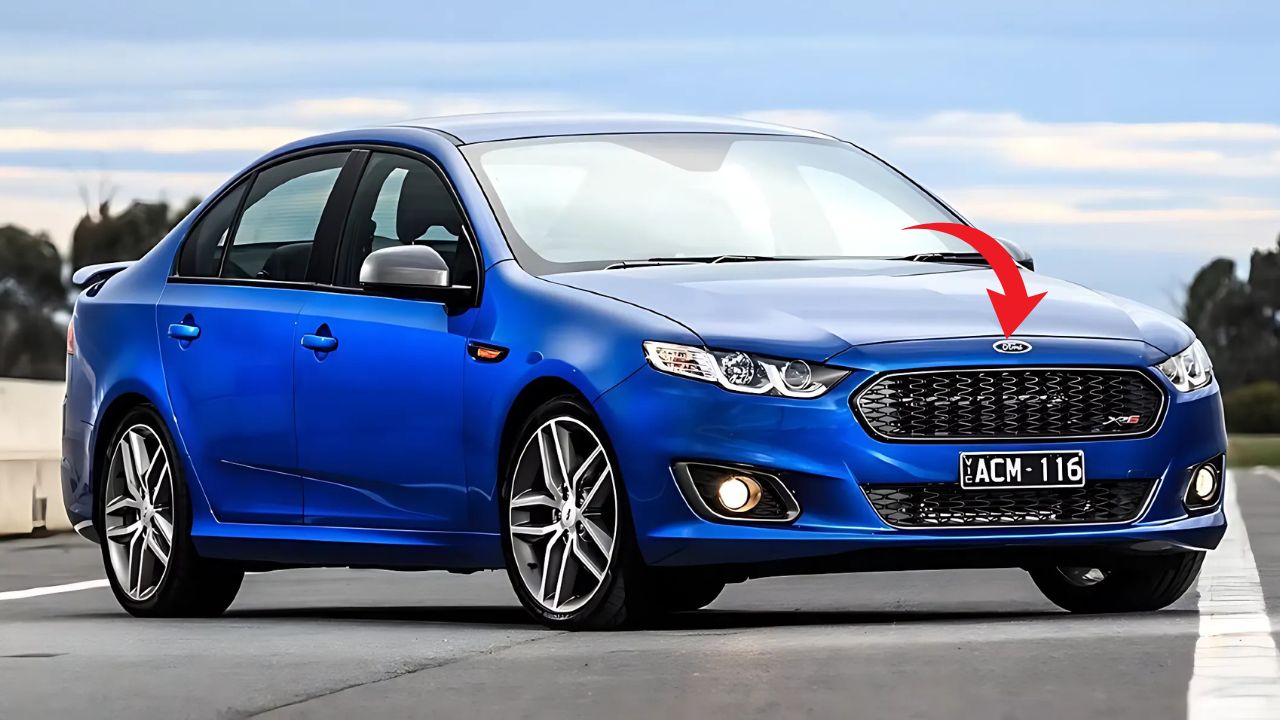Australian automotive enthusiasts thought they’d seen the last of the legendary Ford Falcon. The final Falcon rolled off production lines in 2016, leaving a massive void in local hearts.
However, whispers of a potential revival have grown louder recently. Ford’s rumored return to Australian sedan production has sparked intense speculation nationwide.

The Legacy That Refuses to Die
Ford Falcon represented Australian automotive manufacturing for over five decades. Generations of families grew up with Falcons in their driveways.
The XR6 Turbo variant held special significance among performance enthusiasts. Its combination of power, practicality, and affordability created a unique market position.
Understanding the Original XR6 Turbo Appeal
The turbocharged inline-six engine delivered impressive performance without supercar pricing. This democratization of speed appealed to everyday Australian drivers.
Rear-wheel drive configuration provided genuine driving engagement rarely found in modern sedans. The chassis balance rewarded skilled drivers with exceptional handling dynamics.
Interior space accommodated families comfortably while maintaining sporty character. This versatility set Falcon apart from purely focused performance cars.
Market Gap Analysis
Current Australian sedan offerings lack the character that made Falcon special. Most available options prioritize efficiency over engagement and excitement.
Performance sedan enthusiasts face limited choices among established manufacturers. European alternatives carry premium pricing that excludes many potential buyers.
The absence of locally-relevant performance sedans has created opportunity. Savvy manufacturers could capitalize on this unfulfilled market demand.
Technological Evolution for Modern Times
A revived Falcon XR6 Turbo would incorporate decades of technological advancement. Modern safety standards and efficiency requirements would reshape the classic formula.
Contemporary turbocharged engines deliver more power with improved fuel economy. Advanced materials reduce weight while maintaining structural integrity.
Engine Technology Advancements
Direct injection technology maximizes combustion efficiency in modern turbocharged engines. This advancement delivers both performance and economy improvements simultaneously.
Variable valve timing optimizes engine breathing across different operating conditions. These systems adapt constantly to provide optimal performance characteristics.
Turbocharger technology has advanced significantly since the original XR6 Turbo production. Modern units provide faster response with reduced lag characteristics.
Chassis and Suspension Developments
Adaptive suspension systems could transform the driving experience dynamically. Electronic dampers adjust stiffness based on road conditions and driving style.
Modern stability control systems maintain safety without completely eliminating driving enjoyment. Sophisticated programming allows enthusiastic driving while preventing dangerous situations.
Lightweight construction techniques reduce overall vehicle weight significantly. Carbon fiber and aluminum components improve performance while maintaining durability.
Design Philosophy for Contemporary Appeal
Balancing heritage styling cues with modern design language presents unique challenges. Successful revival requires respecting tradition while embracing contemporary aesthetics.
Original Falcon proportions created timeless appeal that transcends specific eras. These fundamental design elements should influence any revival attempt.
Exterior Design Considerations
Classic Falcon silhouette remains instantly recognizable among Australian automotive enthusiasts. Modern interpretation must honor these proportional relationships while updating details.
LED lighting technology enables distinctive design signatures impossible with traditional bulbs. Carefully implemented lighting could create strong brand identity.
Aerodynamic efficiency requirements might alter traditional Falcon styling elements. Designers must balance heritage appeal with regulatory compliance needs.
Interior Design Evolution
Modern safety regulations mandate numerous interior features absent from original Falcons. Integration of required elements while maintaining character poses design challenges.
Technology integration becomes essential for contemporary buyer appeal. Large touchscreens and connectivity features are now expected rather than optional.
Material quality expectations have risen significantly since original Falcon production. Premium materials and build quality become necessary for market success.
Performance Specifications and Capabilities
Contemporary performance expectations exceed original XR6 Turbo specifications significantly. Modern revival must deliver competitive power and acceleration figures.
Advanced transmission technology could enhance performance while improving efficiency. Eight or ten-speed automatics provide optimal gear ratios for various driving conditions.
Power and Torque Delivery
Modern turbocharged engines routinely exceed 300 kilowatts with proper development. This power level would position a new XR6 Turbo competitively against international rivals.
Torque delivery characteristics become crucial for driving character preservation. Linear power delivery maintains the smooth, progressive acceleration Falcon fans remember.
All-wheel drive systems might supplement traditional rear-wheel drive configuration. Optional AWD could expand appeal while maintaining RWD as standard equipment.
Handling and Dynamics
Electronic differential systems could enhance cornering performance dramatically. These systems distribute torque precisely to optimize traction and stability.
Adjustable driving modes allow customization of vehicle character for different situations. Comfort, sport, and track modes could transform driving personality instantly.
Advanced traction control systems maintain safety while allowing spirited driving. Sophisticated programming prevents interference during normal enthusiastic driving.
Market Positioning and Competition Analysis
Australian sedan market has contracted significantly since original Falcon discontinuation. Remaining competitors primarily focus on luxury or economy segments.
Performance sedan options come mainly from German manufacturers with premium pricing. This creates opportunity for more accessible performance alternatives.
Target Customer Demographics
Traditional Falcon buyers represent diverse demographic spanning multiple generations. Young enthusiasts and mature customers both appreciated original XR6 Turbo characteristics.
Modern buyers seek technology integration alongside traditional performance values. Connectivity and safety features become essential rather than optional considerations.
Fleet buyers historically supported Falcon sales volumes significantly. Police and taxi applications provided substantial sales foundation for original production.
Pricing Strategy Considerations
Original XR6 Turbo success stemmed partly from accessible pricing relative to performance. Any revival must maintain this value proposition to succeed.
Modern safety and technology requirements increase production costs substantially. These factors could challenge traditional Falcon pricing strategies significantly.
Government incentives for locally-manufactured vehicles could offset development costs. Australian production would qualify for various support programs currently available.
Manufacturing and Production Challenges
Australian automotive manufacturing infrastructure largely disappeared after 2017 closures. Rebuilding production capability represents enormous investment requirements.
Existing facilities might require complete modernization to meet contemporary standards. Environmental regulations and safety requirements have evolved significantly since closure.
Supply Chain Development
Local component suppliers must be rebuilt to support automotive production. Many suppliers shifted focus or closed entirely after manufacturer departures.
International sourcing provides alternatives but reduces local content significantly. Government preferences for Australian manufacturing might influence sourcing decisions.
Quality standards have risen across all automotive segments globally. Supplier capabilities must meet international benchmarks for export market success.
Workforce Development
Skilled automotive workers dispersed to other industries after manufacturer closures. Rebuilding expertise requires significant training and development investment.
Modern production techniques require updated skills among manufacturing personnel. Robotics and automation have transformed automotive assembly processes substantially.
Engineering talent shortage affects all Australian manufacturing sectors currently. Attracting qualified personnel requires competitive compensation and career opportunities.
Technology Integration and Features
Contemporary vehicles require sophisticated electronic systems for basic operation. Modern Falcon revival must incorporate extensive technology without compromising character.
Connectivity features become essential for younger buyer demographics particularly. Smartphone integration and wireless charging represent minimum expected features.
Safety System Requirements
Australian safety regulations mandate numerous electronic assistance systems currently. Automatic emergency braking and lane-keeping assistance become legally required.
Advanced driver assistance systems can enhance safety without compromising driving engagement. Properly calibrated systems provide protection while allowing enthusiastic driving.
Crash test requirements have become significantly more stringent since original production. Modern structure design must achieve five-star safety ratings mandatorily.
Infotainment and Connectivity
Large touchscreen displays have become standard across all vehicle segments. Integration of these systems while maintaining classic Falcon character requires careful design.
Over-the-air update capability enables continuous improvement after purchase. Software updates can add features and improve performance throughout ownership.
Voice control systems reduce driver distraction while accessing various functions. Natural language processing makes these systems more intuitive and user-friendly.
Environmental Considerations and Regulations
Modern emission standards require sophisticated pollution control systems universally. These requirements significantly impact engine design and performance characteristics.
Fuel economy regulations influence everything from aerodynamics to transmission ratios. Meeting these standards while maintaining performance requires careful engineering balance.
Emission Control Technology
Particulate filters and catalytic converters reduce harmful emissions significantly. These systems must integrate seamlessly without compromising performance or reliability.
Start-stop technology becomes virtually mandatory for emission compliance currently. These systems shut off engines during idle periods to reduce fuel consumption.
Hybrid assistance might become necessary for meeting future emission targets. Mild hybrid systems can improve efficiency while maintaining traditional engine character.
Sustainability Initiatives
Recycled materials increasingly appear in automotive interior and exterior components. These materials reduce environmental impact while maintaining quality and durability.
Manufacturing process improvements reduce energy consumption and waste generation. Modern factories operate more efficiently than historical automotive plants.
End-of-life recycling programs ensure responsible disposal of vehicles eventually. Manufacturers increasingly accept responsibility for complete product lifecycles comprehensively.
Market Reception and Consumer Sentiment

Australian automotive enthusiasts consistently express interest in Falcon revival possibilities. Social media discussions and automotive forums regularly debate potential specifications.
Nostalgia for Australian automotive manufacturing runs deep among older demographics. These consumers represent significant market potential for heritage-inspired products.
Brand Loyalty Factors
Ford maintains strong brand recognition despite years without local production. Historical reputation provides foundation for potential revival success.
Falcon nameplate carries enormous emotional significance among Australian car enthusiasts. This heritage represents valuable marketing asset for future products.
Competition from established manufacturers requires differentiation beyond nostalgia alone. Modern capabilities must match contemporary expectations while honoring tradition.
Frequently Asked Questions
Q: Will the revived Ford Falcon XR6 Turbo be manufactured in Australia?
Current speculation suggests local assembly would be necessary to maintain authentic Australian character and qualify for government manufacturing incentives.
Q: How will modern safety requirements affect the classic Falcon driving experience?
Advanced safety systems will be mandatory but can be calibrated to minimize interference with spirited driving while maintaining protection standards.
Q: What price range might a new XR6 Turbo occupy in today’s market?
Estimates suggest pricing between $45,000-$60,000 to maintain accessibility while incorporating modern technology and safety requirements.

